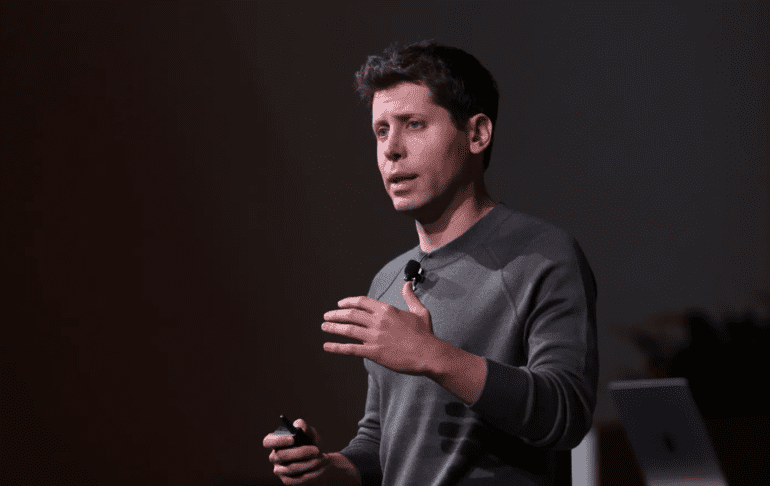TL;DR:
- OpenAI launches DALL-E 3 API for text-to-image generation with built-in moderation.
- DALL-E 3 offers varying image formats and quality options, priced from $0.04 per image.
- New Audio API provides six natural voices for text-to-speech applications, starting at $0.015 per 1,000 characters.
- Emotional affect control is currently unavailable in Audio API.
- Developers must inform users when AI generates audio.
- OpenAI introduces Whisper large-v3 for improved multilingual automatic speech recognition.
Main AI News:
In a groundbreaking move during its inaugural developer day, OpenAI has introduced a series of new APIs that promise to redefine the landscape of artificial intelligence-powered content creation. Among the stars of the show is DALL-E 3, the latest iteration of OpenAI’s renowned text-to-image model. This cutting-edge technology, previously available exclusively to ChatGPT and Bing Chat users, is now accessible via a dedicated API. Much like its predecessor, DALL-E 2, this API incorporates robust built-in moderation features designed to safeguard against potential misuse.
DALL-E 3 offers a spectrum of format and quality options, providing resolutions ranging from 1024×1024 to 1792×1024. Pricing starts at an enticing $0.04 per generated image, making it an attractive proposition for a variety of applications. However, it’s worth noting that the capabilities of DALL-E 3, while impressive, are somewhat more limited compared to its predecessor, DALL-E 2, at least in its current iteration.
Unlike the DALL-E 2 API, DALL-E 3 cannot be employed to craft edited versions of images by having the model replace specific areas of an existing image or generate variations of an image. Additionally, when submitting a generation request to DALL-E 3, OpenAI has implemented an automatic rewriting process “for safety reasons” and “to add more detail.” While this aims to enhance safety, it may lead to slightly less precise results depending on the input prompt.
But the innovations don’t stop there. OpenAI has also introduced a remarkable text-to-speech API, known as the Audio API. This offering features six preset voices, including Alloy, Echo, Fable, Onyx, Nova, and Shimer, allowing users to select their preferred voice for a more personalized experience. With pricing starting at a competitive $0.015 per 1,000 characters of input, the Audio API opens up a world of possibilities.
According to Sam Altman, CEO of OpenAI, the Audio API delivers a level of naturalness and realism unparalleled by existing solutions, making applications more engaging and accessible. This advancement unlocks a plethora of use cases, from language learning to voice assistance, revolutionizing the way we interact with technology.
However, it’s important to note that OpenAI’s Audio API does not currently provide users with the ability to control the emotional effect of the generated audio. The documentation acknowledges that “certain factors” may influence the tonality of the voices, such as capitalization or grammar in the text being read aloud. OpenAI’s internal tests in this regard have yielded “mixed results.”
OpenAI has taken a proactive approach to transparency and responsibility by mandating that developers who utilize these APIs inform users when audio is being generated by AI. This commitment to ethical usage ensures that users are aware of the source of the content they are engaging with.
In a parallel development, OpenAI has unveiled the latest iteration of its open-source automatic speech recognition model, Whisper large-v3. This updated version promises enhanced performance across multiple languages and is freely available on GitHub under a permissive license. OpenAI continues to push the boundaries of AI innovation, and these new APIs are poised to transform the way we interact with and create content in the digital realm.
Conclusion:
OpenAI’s latest offerings, the DALL-E 3 API and Audio API, bring innovative text-to-image and text-to-speech capabilities to the market. While the DALL-E 3 API offers versatile image generation with moderation, the Audio API enhances naturalness in voice applications. However, the inability to control emotional effects in the Audio API and the requirement to inform users about AI-generated audio should be noted. These advancements signify OpenAI’s commitment to transforming content creation and human-AI interactions, potentially reshaping the market’s landscape for AI-driven content and services.

